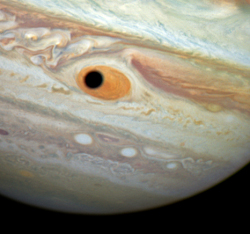Stupid: More than a month after publicly awarding commercial crew contracts to SpaceX and Boeing, NASA has yet to brief Congress on the reasons for its decision.
“To date, the Committee has not been briefed on the source selection, nor has it received the source selection statement, despite the fact that the offerors have been briefed, details were released to the press, the [Government Accountability Office] is now involved; and NASA has decided to proceed with the contracts,” Reps. Lamar Smith (R-Texas) and Steven Palazzo (R-Miss.) wrote in a letter to NASA Administrator Charles Bolden dated Oct. 21. Smith and Palazzo chair the House Science Committee and House Science space subcommittee, respectively.
“We hope that NASA will not expect taxpayers to blindly fund billion-dollar programs absent any information related to the procurement or contract,” wrote Smith and Palazzo, who are ardent supporters of the Space Launch System, major contractual details of which were only finalized this year and have not yet been made public.
These elected officials are not NASA’s allies when it comes to commercial space, so giving them too much information is probably dangerous. At the same time, the choice of Boeing was certainly done to ease their concerns, and keeping them out of the loop is only going to turn them against the commercial space contracts. It serves no purpose. NASA should instead be trying to show them why picking SpaceX and Boeing made sense, and how these two multi-billion dollar contracts will bring many jobs to their districts.
If NASA doesn’t do this basic political massaging, these guys are simply going to try to cut commercial space out when it comes time to negotiate the budget, as they have already tried to do several times in the past.
But then, when it comes to politics this behavior by the Obama administration is par for the course. They might have the right idea, farming out space exploration to the private sector, but their political implementation has often left much to be desired.




